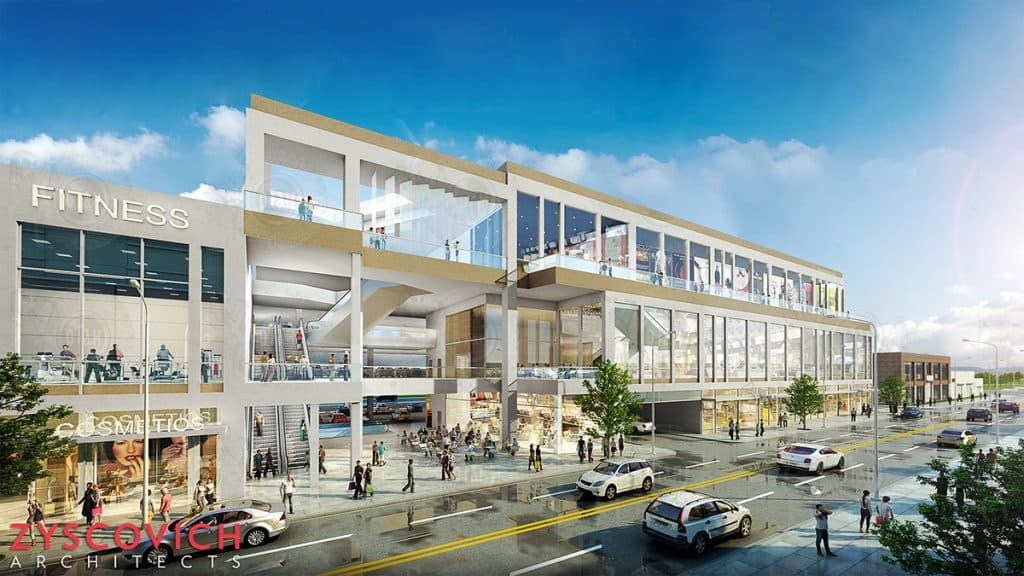
Reimagining Big Box Retail
It’s no longer a question of whether the big box era is ending. It’s already well underway.
Retailers are closing stores at the fastest pace since 2020. Analysts expect over 15,000 store closures in 2025, more than double last year’s total. Macy’s is cutting 150 locations. Rite Aid has filed for Chapter 11 twice in two years. Walgreens is walking away from 500 stores. Even Dollar General and Big Lots—companies built for this macro climate—are slashing underperforming units.
What’s left behind is a rapidly expanding inventory of vacant anchors, outdated pads, and oversized boxes. But unlike the 2010s, when retail vacancy signaled decay, today’s closures are catalyzing transformation. Landlords, developers, and cities are rethinking what these properties can be—and the results are promising.
A closed department store becomes a fitness hub and medical office. A dead grocery anchor gives way to a boutique hotel and a brewpub. A failed drugstore gets subdivided into two fast casual restaurants and a co-working space. The playbook is no longer fill-and-repeat—it’s remix, densify, reimagine.
Bill Di Santo, CEO of Englewood Commercial Construction, summed it up: “Big boxes offer a blank canvas and the best locations in town. They’re often on arterial roads, near housing, with parking. That’s valuable real estate—just waiting for the next concept.”
The new tenants aren’t coming from legacy retail. They’re experiential and service-focused: pickleball clubs, healthcare groups, restaurants, logistics hubs, doggy daycares. But most consistently? Smaller format, higher productivity operators. Quick-service restaurants are expanding aggressively into reconfigured outparcels. Boutique fitness brands are leasing 15,000-square-foot chunks of old big boxes. Food halls, childcare, and last-mile distribution are all filling gaps where traditional retail left off.
And while the redevelopments are creative, they’re not speculative. They’re happening because the economics of big box leasing have changed. Construction costs remain elevated. Interest rates aren’t moving down as quickly as hoped. Retail margins are thin, and underwriting error is unforgiving. The room for missed assumptions is gone. You can’t guess your way into a profitable redevelopment.
That’s why precision matters more than ever—and why tools like CenterCheck are essential.
We track actual retail sales derived from anonymized credit and debit card data, giving landlords, brokers, and investors real visibility into what performs—and what doesn’t. Whether you’re evaluating whether to repurpose a shuttered anchor or deciding which tenant mix to backfill into a remixed center, you need to know what’s driving transactions today.
Consider two adjacent centers. One lost its big box in 2023 but retained a strong lineup of QSR and service-based tenants. The other is anchored by a struggling discount chain and has seen flat card activity for 18 months. The leasing strategy—and investment decision—should be different. Only real data can show you how.
In a time when thousands of boxes are going dark, the opportunity is huge—but only for those making informed moves. The next generation of retail isn’t going to be won by intuition. It’s going to be won by information.
Retail isn’t dying. Big box retail is being right-sized and reimagined. And CenterCheck is helping operators make those calls with confidence. Because in 2025, precision is profit.